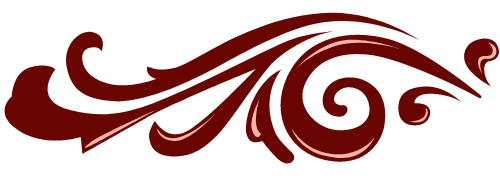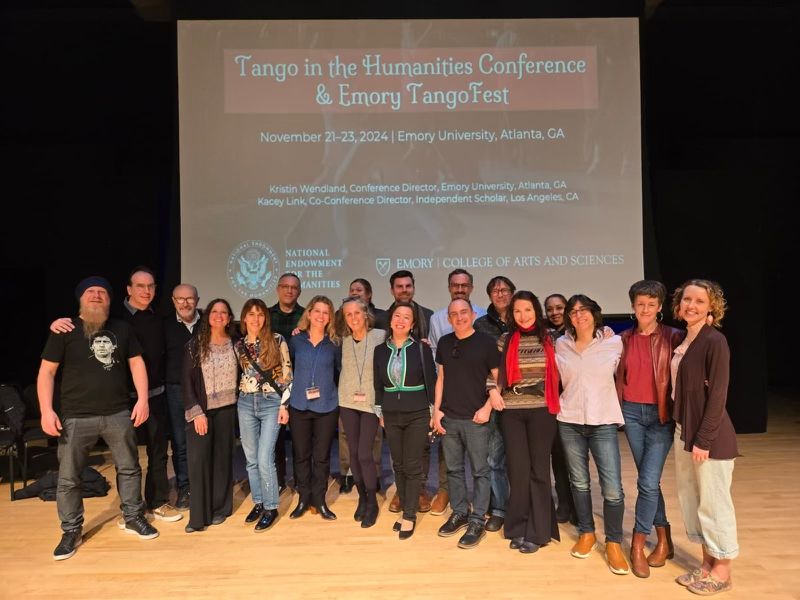
Tango in the Humanities Conference

Tango in the Humanities: Examining a Multidimensional Art Form Across Disciplinary and Geographic Boundaries Conference was a global tango conference centered on broadening the scholarly discourse on tango, its history, its influence on culture and society, and its application for practitioners. Hosted by Emory University, it featured twenty-three scholars and practitioners from around the world and of a variety of humanistic disciplines, including race and gender studies, political history, musicology, anthropology, ethnomusicology, dance history, and performance.
Many of the collaborators were contributing authors to The Cambridge Companion to Tango, which you can purchase at the link here!
Research Questions
- How do diverse humanistic fields of inquiry further shape our understanding of the tango?
- Inversely, how does the tango help us further understand culture and society?
- How do interdisciplinary perspectives on tango influence current scholarship?
- How do international perspectives on and research approaches to tango differ, and why are they important?
Paper Panels: Six paper panels provided forums for presenters to share their work and discuss their different approaches to research and scholarship with collaborators. Most importantly, these panels created an environment for collaborators to find common issues in the interdisciplinary approaches to tango research.
Lecture Demonstrations: Two lecture demonstrations provided opportunities for scholars to engage directly with researching practitioners and performing artists/scholars. Furthermore, since some presenters were also artists, opportunities for new creative connections and relationships arose.
Workshops: Two workshops—one on dance and the other on music—offered participants the opportunity actually to embody tango and to study the art form through experiencing it.
See the Schedule for specific times and locations.
Session Types

Tango in the Humanities Conference Presenters, front row, left to right: Julián Graciano, Ignacio Varchausky, Omar García Brunelli, Bárbara Varassi Pega, Romina Dezillio, Kacey Link, Kristin Wendland, Yuiko Asaba, Pablo Palomino, Anahí Viladrich, Laura Camacho, Carolyn Merritt, and Rebecca Simpson-Litke; back row, left to right: Morgan Luker, Rielle Navitski, Eric Johns, Matthew Karush, Christophe Apprill, and Julia Kaesmayer.